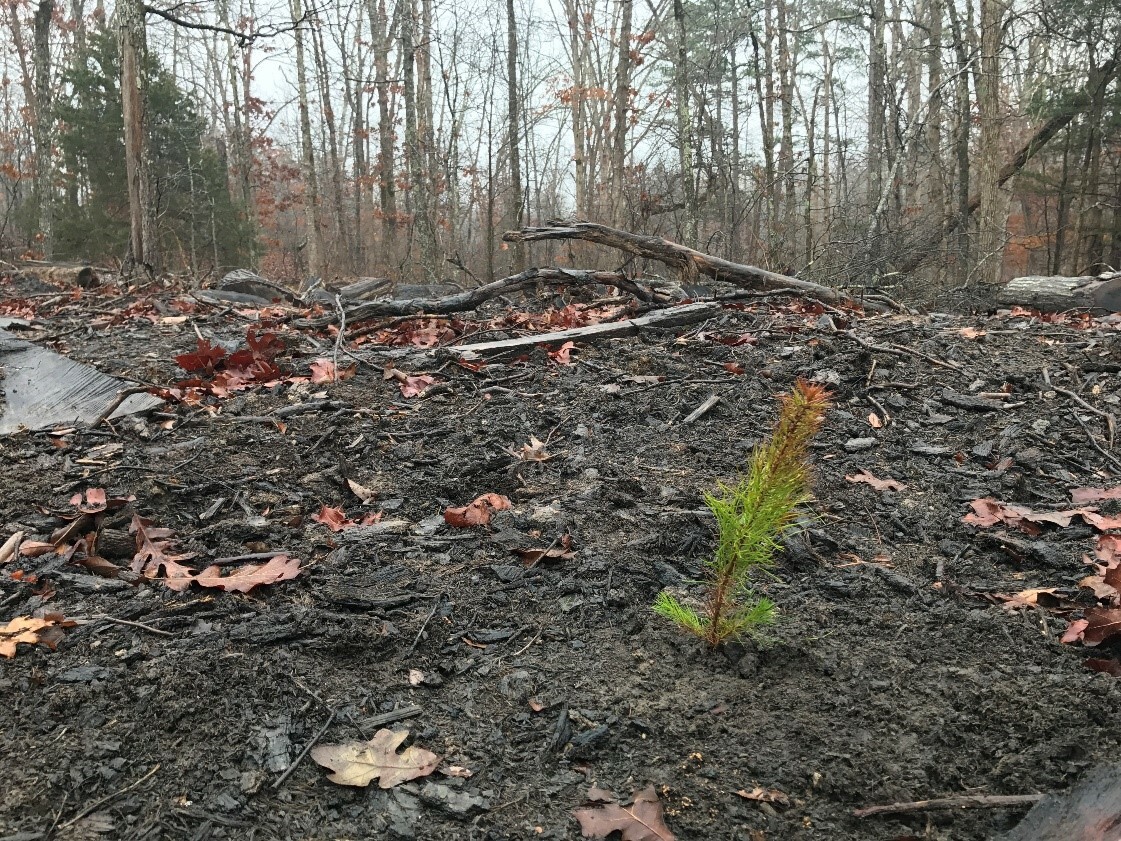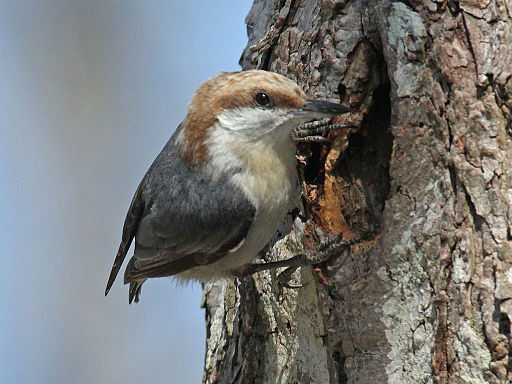Each year, the National Forest Foundation plants shortleaf pine seedlings to re-establish historic forest conditions and improve habitat on National Forests across the Southeast. Restoration efforts on Mark Twain National Forest offer a reflection of past activities and continued conservation opportunities.
Mark Twain National Forest extends across twelve pocketed districts in the central and southern half of Missouri. Much of the Forest lies within the Ozark Highlands, with pine and oak forests that provide a home for nearly 200 species found no where else. Accessible within an hour and a half drive of St. Louis, the Mark Twain offers visitors multiple opportunities for unique exploration, with more than 500 caves, natural springs and streams, and diverse habitats ranging from oak hardwoods and southern pine forests, to savannas and grassy woodlands.
For thousands of years, Indigenous Americans maintained an open landscape on the Ozarks with low-intensity fire. In the late 19th century, European settlers began a period of extensive forest-clearing with mining, logging, and agriculture, while suppressing fire in remaining forests. Native ecosystems shifted from pine and white oak stands to those of shorter-lived scarlet and black oaks. Overall species diversity in the once ecologically rich Missouri forests declined.
Civilian Conservation Corps in Missouri (Photo: The U.S. National Archives)
Established in the late 1930s, the Mark Twain’s poor condition was part of the reason for its creation. In its early years, the National Forest benefited from the Civilian Conservation Corps (CCC), a New Deal program created during the Great Depression to help with unemployment. The Forest’s deforested lands, eroded soil, and impaired streams made for plentiful rehabilitation work. Between 1933 and 1942, more than 100,000 individuals in the state of Missouri participated in the CCC, planting millions of trees and performing various other ecological restoration and rehabilitation projects. Rehabilitating the degraded lands provided much needed jobs that boosted the local economy during the difficult period.
Declining, short-lived black oak stands still reside on some parts of Mark Twain National Forest. Restoring such sites by planting shortleaf pine, resulting in a historic mix of pine and hardwood, follows restoration prescriptions on the Forest. Shortleaf pine is an important component of several southern forests types, and the Forest’s reintroduction of fire will help maintain an open woodland habitat. Without fire, shortleaf pine declines as competing shade-tolerant species can quickly take over.

Newly planted shortleaf pine seedling on Mark Twain National Forest
Each year, the National Forest Foundation plants shortleaf pine seedlings to re-establish historic, native habitat on southern National Forests. In 2020, the NFF planted 349,000 seedlings across 435 acres of Mark Twain National Forest. The planting sites retained a critical multi-species hardwood component of white oak and hickory.

The Brown-headed Nuthatch was reintroduced on the Mark Twain in 2020 (Photo: Dick Daniels)
Shortleaf pine will provide heterogeneity to the Forest, improving habitat for plants and wildlife, including species returning after decades of impaired forests. In August 2020, one such species, the Brown-headed Nuthatch, was reintroduced on restored parts of the Mark Twain thanks to the collaborative work of the Forest. The small songbird had been locally extinct since the early 20th century, likely unable to return to restored Missouri forests on its own due to habitat fragmentation and distance.
Thanks to the generous support of our donors and partners, our tree planting efforts make species reintroductions like that of the Brown-headed Nuthatch possible. We will continue to plant shortleaf pine on National Forests, restoring forests and reviving important native habitat.
Header Photo: Mark Twain National Forest (Photo: Debbie Wray)

